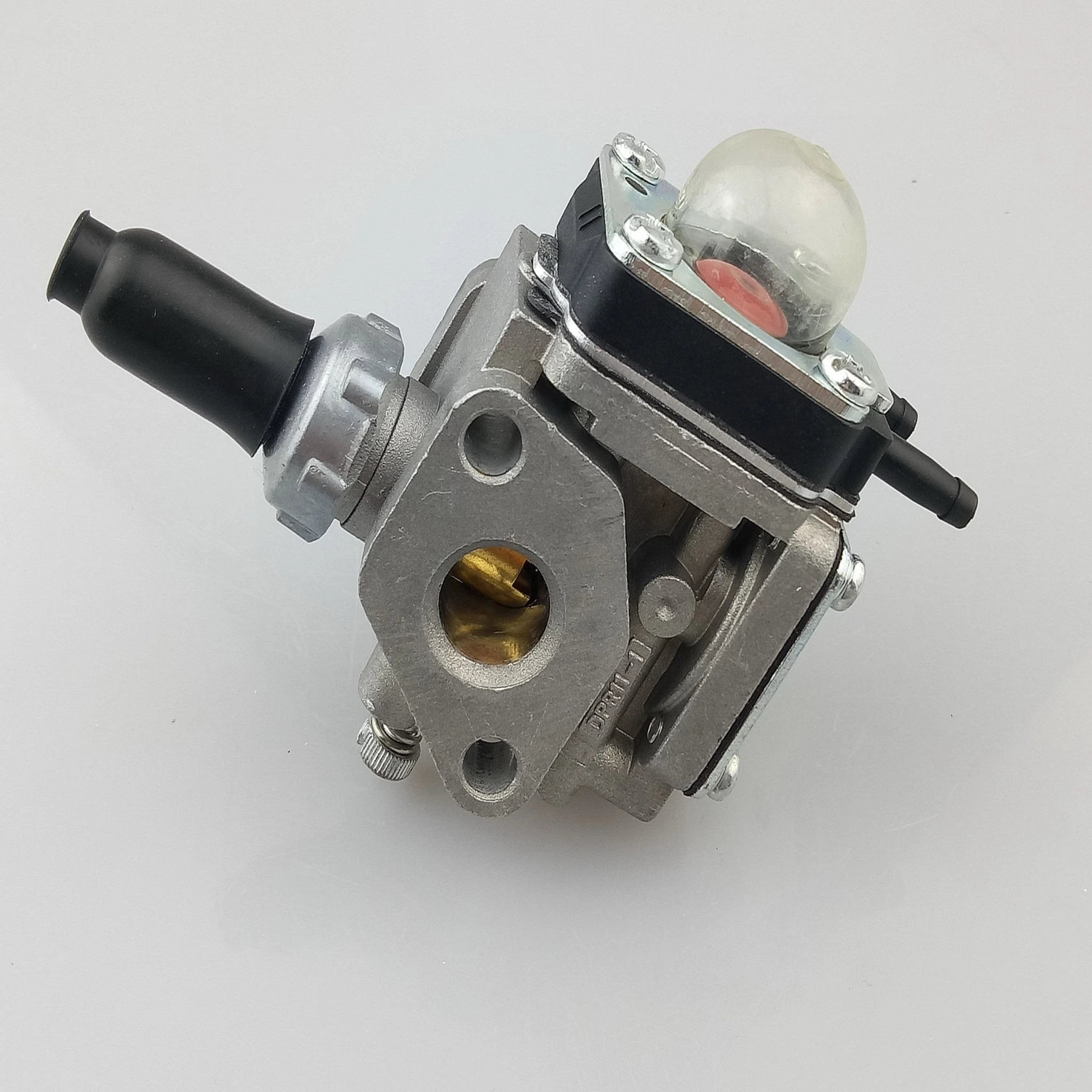Kawasaki Carburettor: Unveiling the Heart of Your Motorcycle
Discover the ins and outs of the Kawasaki carburettor in this comprehensive guide. Learn how to maintain, troubleshoot, and upgrade this vital motorcycle component for peak performance.
Introduction
Welcome to the world of motorcycle enthusiasts, where the purring of a finely tuned engine is music to our ears. If you’re a proud owner of a Kawasaki motorcycle, you’ll know that its heart lies in its carburettor. In this in-depth guide, we will delve into the intricacies of the Kawasaki carburettor, offering valuable insights and expert advice on how to keep it running at its best.

The Significance of Kawasaki Carburettor
Every motorcycle aficionado understands that the carburettor is the engine’s lungs. It’s where air and fuel mix, ensuring your bike runs smoothly and efficiently. The Kawasaki carburettor is no different. Let’s explore this critical component and learn how to maintain and optimize its performance.
Understanding the Kawasaki Carburettor
The Kawasaki carburettor is a complex device responsible for delivering the perfect air-fuel mixture to the engine. It ensures your motorcycle performs optimally across various conditions, from leisurely rides to high-speed adventures.
Maintenance: Keeping It in Prime Condition
To ensure your Kawasaki motorcycle continues to roar with power, regular maintenance of the carburettor is essential. Here are some steps to keep it in prime condition:
- Cleaning the Carburettor: Over time, dirt and debris can accumulate, affecting performance. Regularly clean the carburettor to remove these contaminants.
- Inspecting for Leaks: Leaks can lead to poor performance and decreased fuel efficiency. Regularly inspect for any signs of leakage and address them promptly.
- Adjusting the Idle Mixture: Correct idle mixture settings are crucial for smooth idling and throttle response. Refer to your owner’s manual for guidance on proper adjustment.
- Checking the Float Level: An improper float level can result in fuel overflow or insufficient fuel delivery. Make sure it’s correctly adjusted to maintain optimal performance.
Troubleshooting Common Issues
Even with regular maintenance, issues with your Kawasaki carburettor can arise. Here are some common problems and their solutions:
- Starting Problems: If your bike struggles to start, it may be due to a clogged jet. Clean or replace it to improve starting performance.
- Poor Acceleration: A sluggish response when you twist the throttle can be frustrating. This could indicate a dirty carburettor or a worn-out diaphragm. Cleaning or replacing these parts can solve the problem.
- Excessive Fuel Consumption: If your motorcycle is guzzling fuel, the carburettor may be running rich. Adjust the mixture screw to achieve better fuel efficiency.
Upgrading Your Kawasaki Carburettor
For those seeking enhanced performance, upgrading the carburettor is an option. Aftermarket carburettors offer improved fuel atomization and airflow, resulting in increased horsepower and throttle response.
Frequently Asked Questions (FAQs)
Q: What is the role of a carburettor in a motorcycle? A: A carburettor is responsible for mixing air and fuel in the right proportions and delivering this mixture to the engine for combustion. It ensures the engine runs smoothly.
Q: How often should I clean my Kawasaki carburettor? A: It’s recommended to clean your carburettor at least once a year or more frequently if you ride in dusty or dirty conditions.
Q: Can I upgrade my Kawasaki carburettor myself? A: While some riders are skilled enough to perform the upgrade, it’s advisable to have it done by a professional mechanic to ensure proper installation and tuning.
Q: What are the signs of a failing carburettor? A: Common signs of carburettor issues include starting problems, poor acceleration, and excessive fuel consumption.
Q: Are there any maintenance tips for storing my motorcycle with a carburettor? A: Before storing your motorcycle, it’s essential to drain the carburettor float bowl to prevent fuel from gumming up the system. Additionally, consider using a fuel stabilizer.
Q: Can I use aftermarket parts to upgrade my Kawasaki carburettor? A: Yes, many aftermarket carburettors are available for Kawasaki motorcycles, offering improved performance and customization options.
Conclusion
Your Kawasaki motorcycle’s heart beats within its carburettor. Understanding, maintaining, and optimizing this vital component can make a world of difference in your riding experience. Whether you’re tackling maintenance, troubleshooting issues, or considering an upgrade, this guide has provided you with the knowledge you need to keep your bike running at its best.



